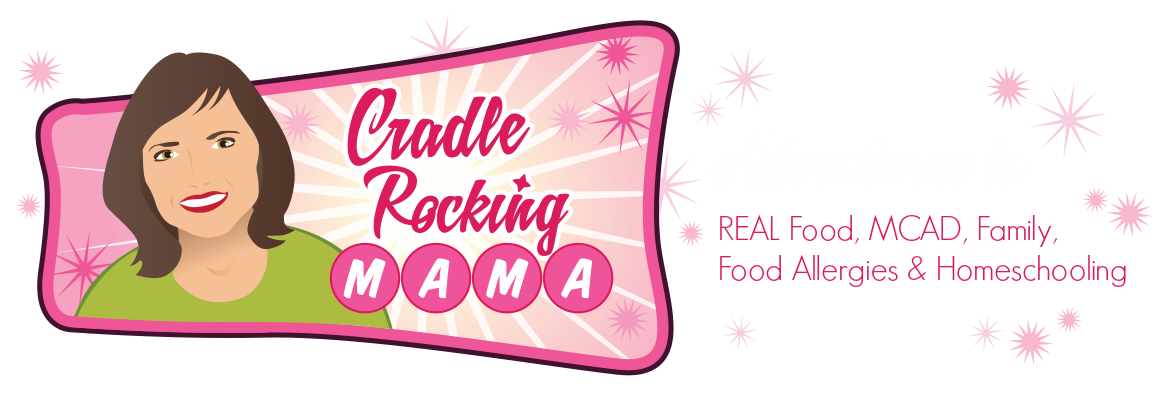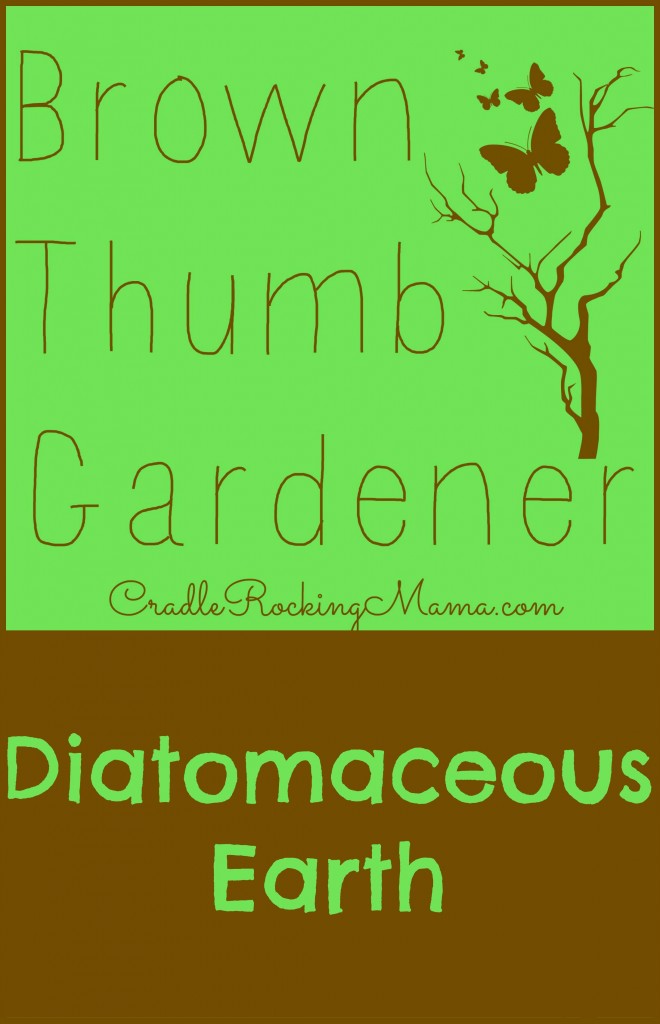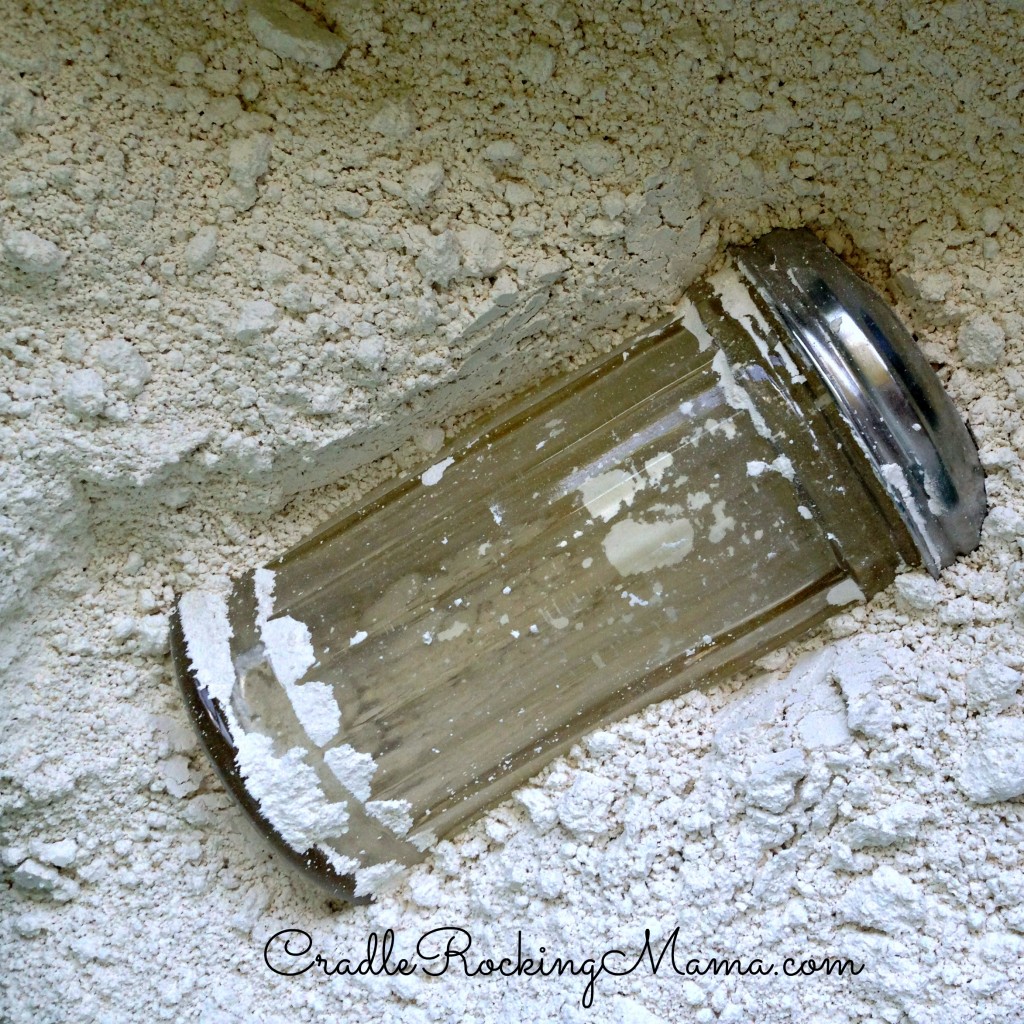The garden is growing beautifully, helped along by almost a week of lovely rain.
The pole beans are almost 5 feet tall already, and the basil and cucumbers are getting bushier by the day.
The carrots, so slow in starting, are really beginning to show their stuff, and the chard and collard greens are doing well, too.
The potatos are the first sign of trouble I’ve seen in the garden so far. Something ate up whole huge chunks of leaves off of them.
Then I spotted signs of damage on the basil.
Then the chard.
Then the collard greens.
I started paying closer attention to the plants, and I only saw two bugs: one was a large orange thing that looked like an over-sized, less-pretty ladybug on the potatos, and the others were some ants in the chard and collard green garden bed.
Then I saw a couple of slugs, and some worms.
I’m sympathetic to the whole “circle of life” thing, but my garden is not supposed to be an all-you-can-eat buffet for critters, y’all!
But what can you do about pests when growing organic foods?
There are lots of things I’ve heard mention to help with this problem; companion planting is one of the biggest helpers I’ve read about. But I’m kind of new to this whole thing, and trying to figure out the right companion plants for the things I’m growing feels very overwhelming when I’m still trying to figure out how to just grow the things I’m growing!
Maybe I’m selling myself short, but I really feel like companion planting and crop rotation is something best left for my second year of serious gardening. It’s a bit much to take in, for me, at the moment.
So I went with good ‘ol diatomaceous earth (DE).
Have you heard of this wonder powder before? No? Well, let me fill you in.
This amazing product kills bugs. Fast.
It also, apparently, does amazing things for human health.
DE is the fossilized remains of marine phytoplankton. It’s a fluffy powder that will kill any bug with an exoskeleton really fast, leaving no poisons or nasty residues behind on your plants.
I’ve read two explanations of how it kills:
- the DE itself is microscopically “jagged”, and once it penetrates the exoskelton of the bug it literally slices and cuts the bug until it dies, or
- the DE penetrates the exoskeleton of the bug and then proceeds to dry out the internal workings of the bug until it basically dehydrates to death
Not pleasant, surely, but at least it won’t poison my family while it kills pests!
Because yes, humans can eat this stuff with no ill side effects! In fact, you probably already do, since it is often tossed into grain storage to – surprise, surprise – kill pesky bugs that would eat up all the grain. Odds are good that if you eat any whole grain products, you’re eating some DE, too. (In fact, the maple syrup that we wanted to try on Zac was specifically chosen because they only use DE as a defoaming agent, rather than any number of “mystery oils” that other maple syrup companies use!)
Some people go even further and eat DE on purpose. I haven’t read enough to know if there is any scientific testing to prove this, but anecdotal evidence indicates DE helps with a wide range of human ailments: eliminating parasites, removing heavy metals, reducing toxins, lowering cholesterol, lowering high blood pressure, arthritis help, eliminating joint pain…and the list goes on!
One lady even reported that it (possibly) removed her food intolerances!
I’m so encouraged by the many health claims for humans and pest claims for gardens, that I ordered a big ol’ batch of DE for Darrel and Jed to use.
We just got it in, so it is too early to report about any magical improvements in either Darrel or Jed’s health.
But I can state that my garden is greatly improved by the use of DE. A few years ago I had some tomato plants that were decimated by hornworms. Once I started using DE, I had no further problems with those nasty little buggers. And already this years garden has stopped being eaten up by bugs after just a few days of DE use!
Couple of things to note:
There are two types of DE: pool filter type, and FOOD GRADE DE.
You MUST buy the Food Grade DE. This has to do with the crystalline silica quantities; food grade will have less than 1%, pool grade will contain considerably more – sometimes up to 70%! The crystalline silica reportedly can cause cancer when exposed to frequently.
At less than 1%, this isn’t a concern. At 70%, well…not so great. Stay away from pool filter DE!
Also, DE isn’t like a gardening store poison; you don’t just sprinkle it once and walk away.
If it gets wet, it is useless. Store it in a dry place! And don’t bother sprinkling it when you know you’re going to get rain; once it is wet, it stops being effective.
Basically, you’ll have to sprinkle DE on your garden every day, or every other day, depending on how often you water it.
You can’t just sprinkle it in a line around your garden, either. Again, this isn’t like a typical pest control poison that you lay out near your plants and call “done”. Sprinkle it all around your plants…I even sprinkle it ON my plants!
For ease of use, I had an old cheese shaker that I re-purposed into a DE shaker. I just leave it in my bucket of DE and refill it as needed.
DE won’t hurt you, but it is a tad drying to the skin. I wear my gardening gloves when dealing with the DE just to reduce the amount of contact exposure.
Hopefully this will be enough to keep my pest control problem in check. So far, so good!
Have you ever taken DE internally? How did it work for you? Did you try it in your garden?
I am not a doctor, and this is not medical advice. DE is ranked by the FDA as GRAS (Generally Regarded as Safe), but use it internally at your own risk.












